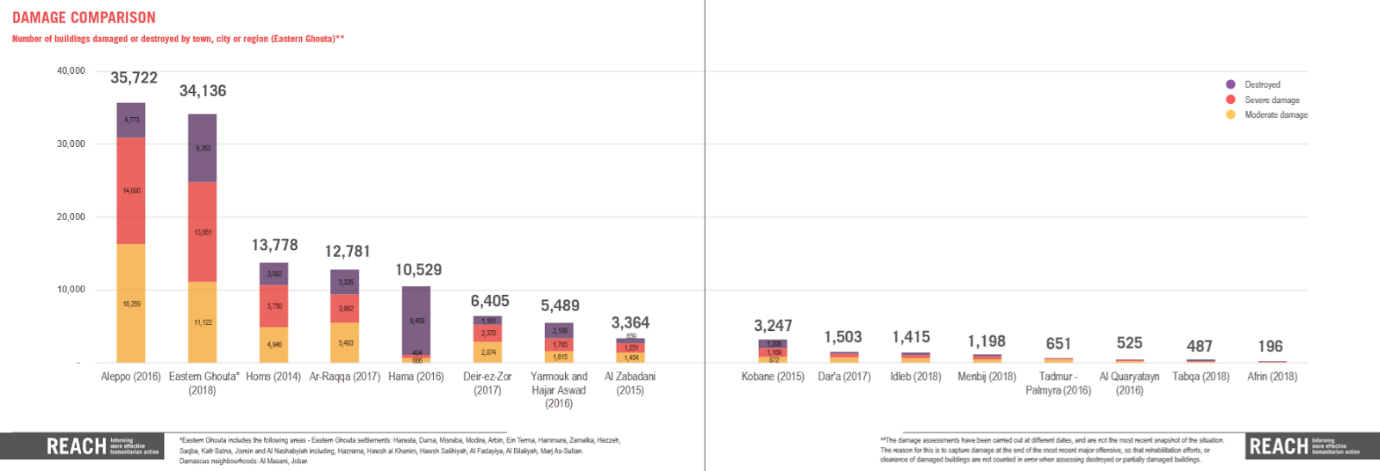Video of that event is available at https://www.youtube.com/watch?v=GfhnTc_QnH8&t=243s.
Andrea Prasow, Executive Director, The Freedom Initiative
- Enact sanctions for human rights abusers.
- Support civil society in countries where possible, out of countries when necessary.
- Reset diplomatic relations by turning down high-level, face-to-face meetings with abusers and make public the reason for doing so.
- Don’t meet with human rights abusers without also meeting with human rights defenders.
Merve Tahiroğlu, Turkey Program Coordinator, Project on Middle East Democracy
- The US should not sell weapons to dictators.
- If it makes such sales, such as F-16s to Turkey, they should be made highly conditional. Congress should continue to express concern, as it is doing, which the administration can use to delay, at least until after Turkey's election next summer.
- Related, Congress can include provisions and conditions (in the NDAA, for example) not only about conditions with the weapons but also on human rights, such as condition of certain prisoners as occurred earlier on the F-35 program.
Nancy Okail, President and CEO, Center for International Policy
see a more detailed version of the below at this link
- Civil society could proactively engage with the emerging agreements and coalitions that are currently being formed in parallel to the JCPOA, to propose parameters for human rights provision for them to include in these new coalitions:
- a) push for the integration of human rights safeguards within current security dialogues,
- b) codify those measures as part of the security agreements, and
- c) propose monitoring mechanisms for human rights provisions, as well as accompanying legislations.
- Invest in monitoring the operationalization of the US Department of Defense for a new Civilian Harm Mitigation and Response Action Plan, and put more pressure to link civilian harm to US military engagement in the Middle East.
- Capitalize on the current momentum around security arrangements to scrutinize the implementation of counterterrorism measures and the way punitive laws are often manipulated to prosecute regime critics labeled "terrorists."
- Civil society can continue to publicly and vocally oppose the $300 million in US military aid to Egypt.
- To effectively help mitigate the effect of compounded crises, aid should be coupled with collaboration over reform and accountability mechanisms to prevent the depletion of these resources through corruption and lack of oversight.
Jeff Abramson, Senior Fellow, Arms Control Association (closing moderator)
- Congress should use its 502B authority to ask the State Department for clearer assessments on select arms sales to the region.
- Many provisions within the House version of the NDAA would provide greater transparency and for human rights elevation. Congress should take advantage of those when finalizing the NDAA.
Additional resources:
- Joint Letter – Biden Administration Should Not Provide Military Aid to Egypt in Light of Egregious Human Rights Violations, August 8, 2022.
- $3 billion potential sale of Patriot missiles to Saudi Arabia, as well as a $2 billion-plus sale to the UAE of THAAD missiles, August 2022.
- Civilian Harm Mitigation and Response Action Plan, Department of Defense, August 25, 2022.
- “Human Rights, Civilian Harm, and Arms Sales: A Primer on U.S. Law and Policy,“ CIVIC and ABA Center for Human Rights, February 2022.
* Panelists at this event do not necessarily endorse the views and opinions of others, nor does the Forum necessarily endorse the views and opinions of others. Please feel free to contact panelists directly for additional conversation.












 RSS Feed
RSS Feed